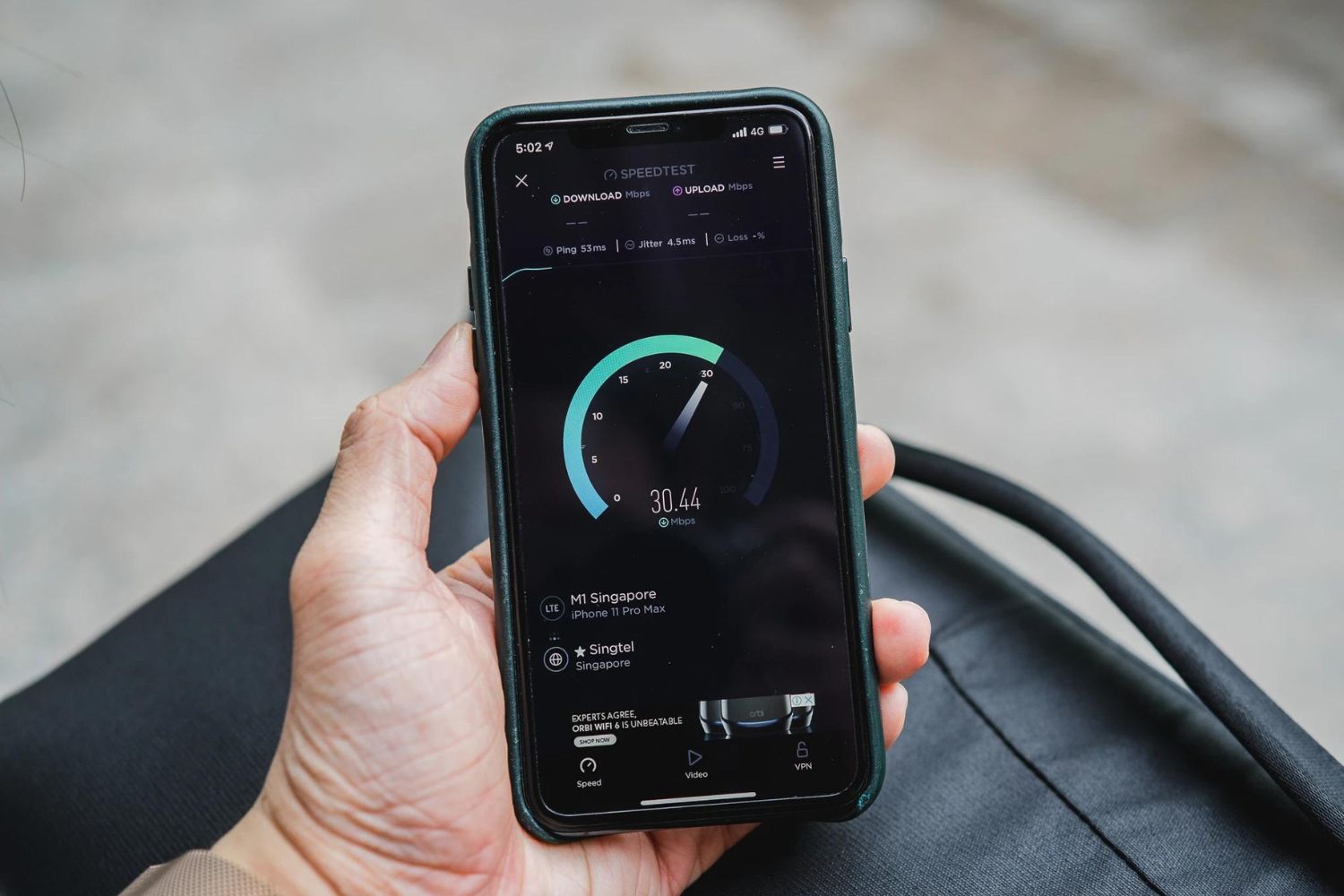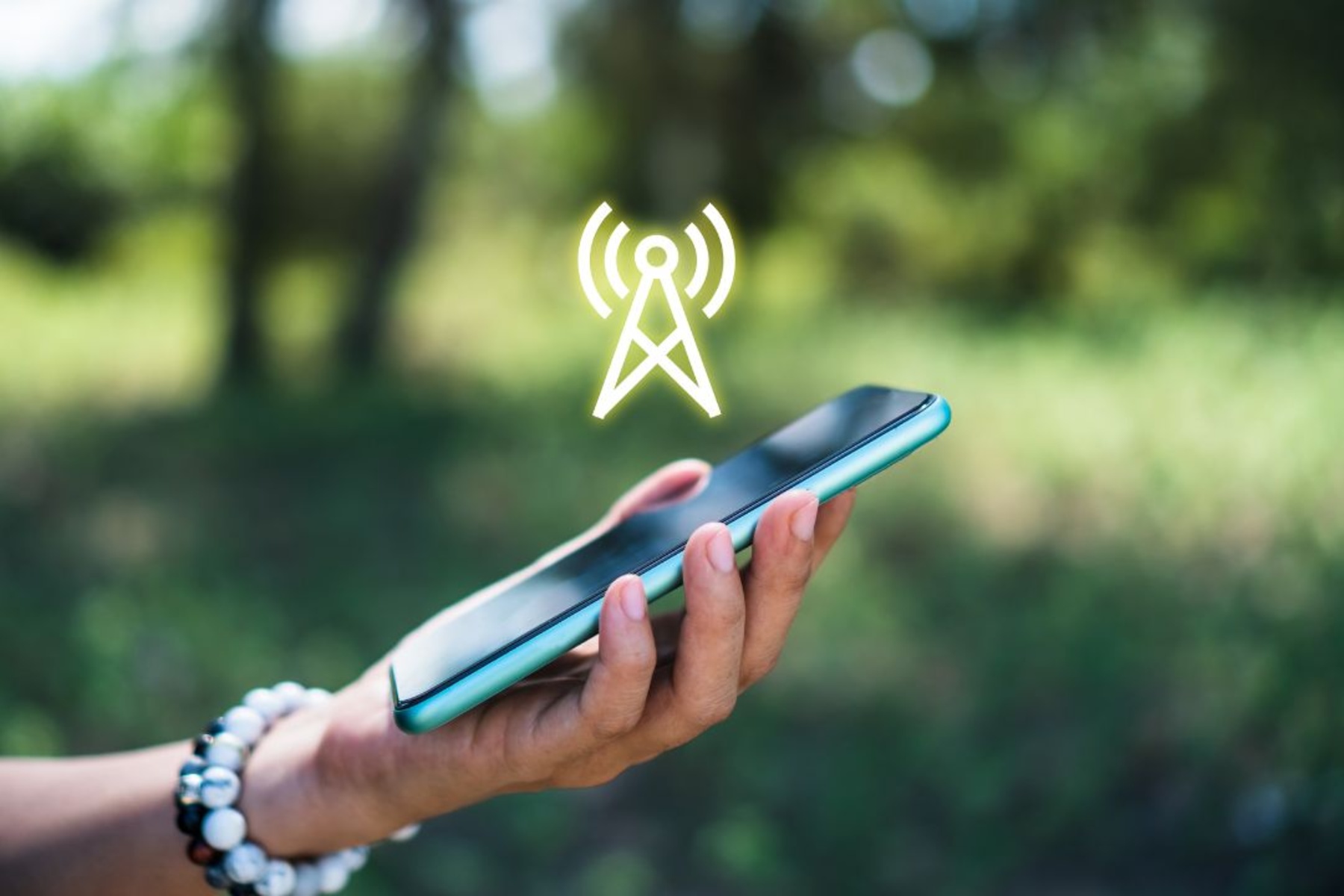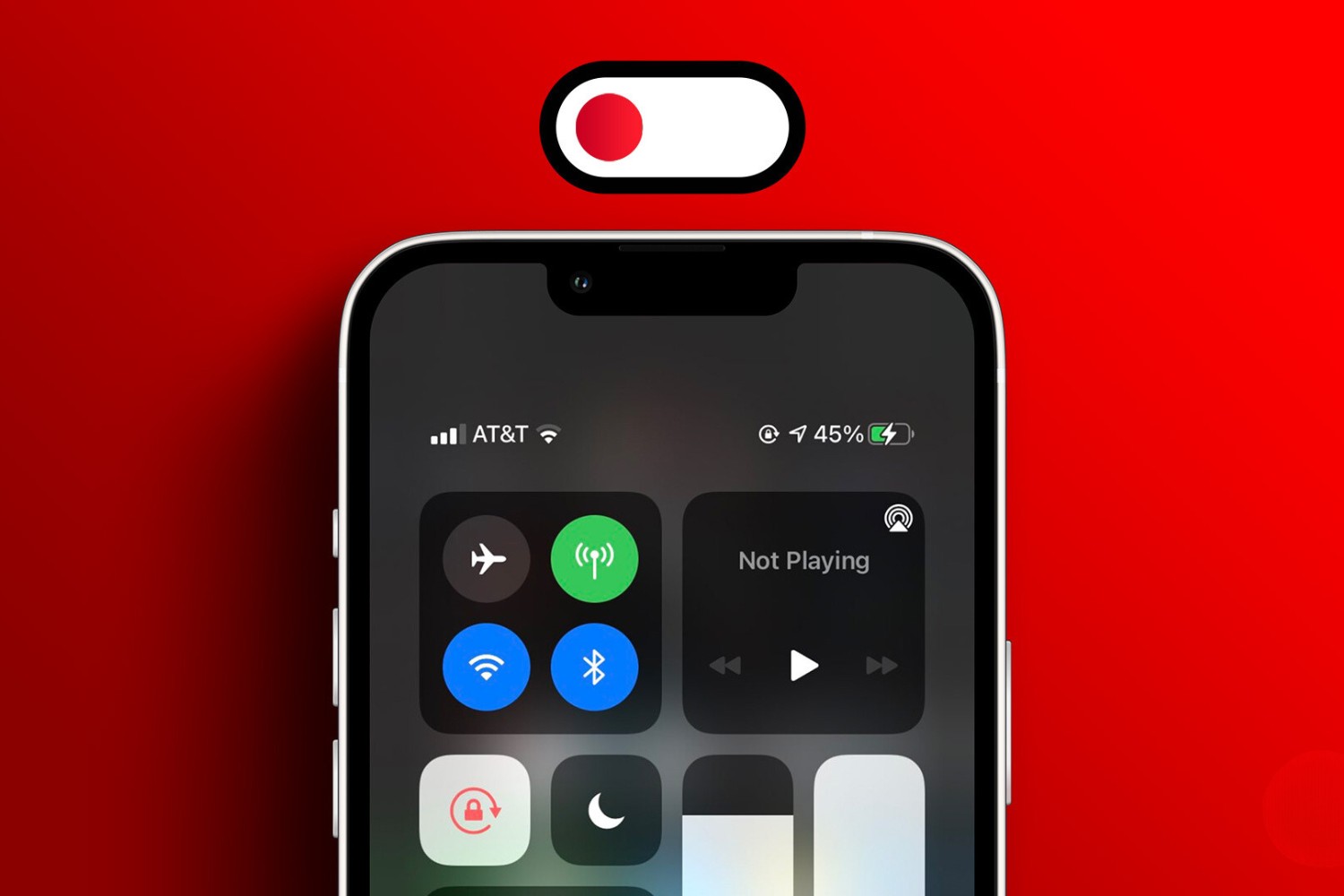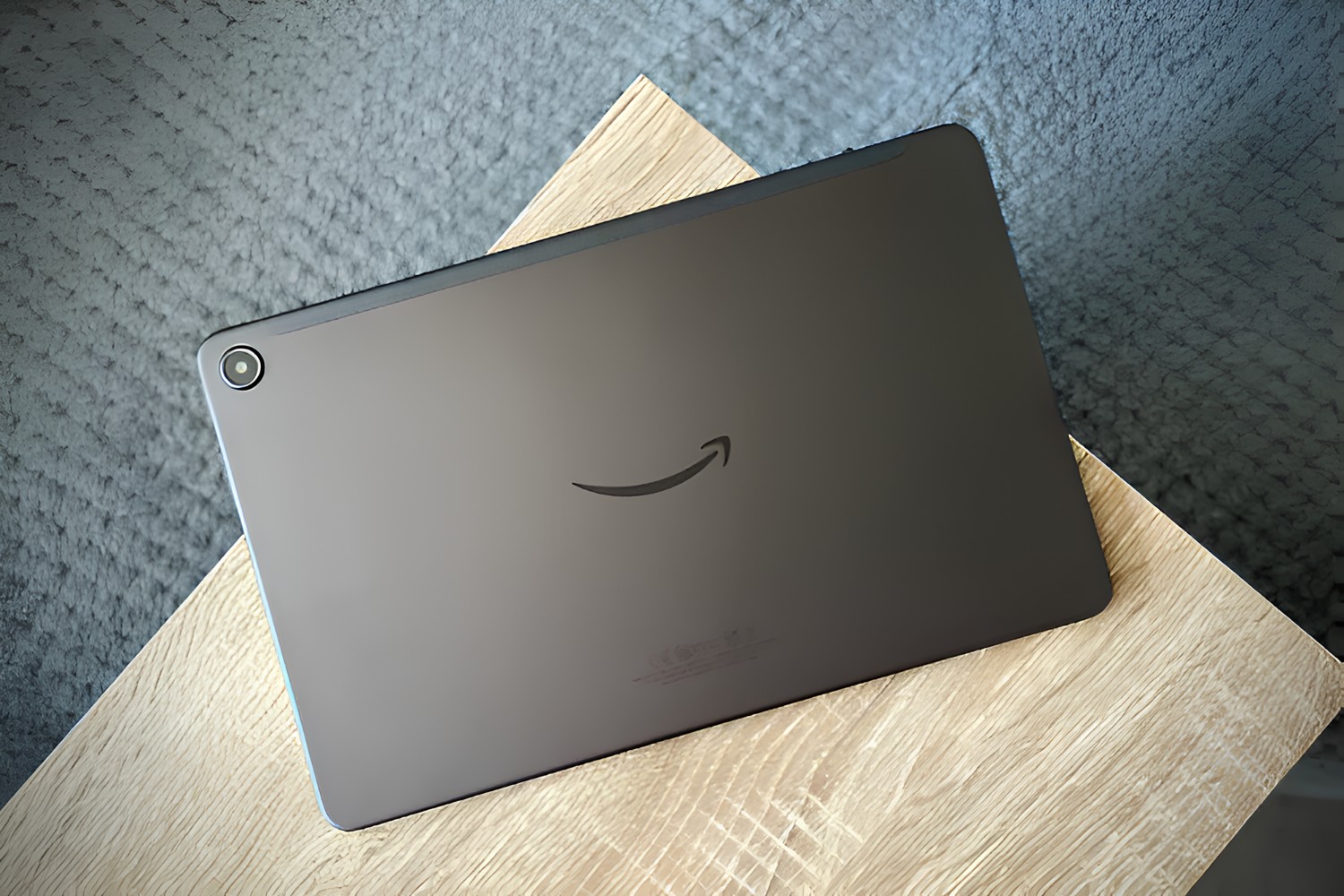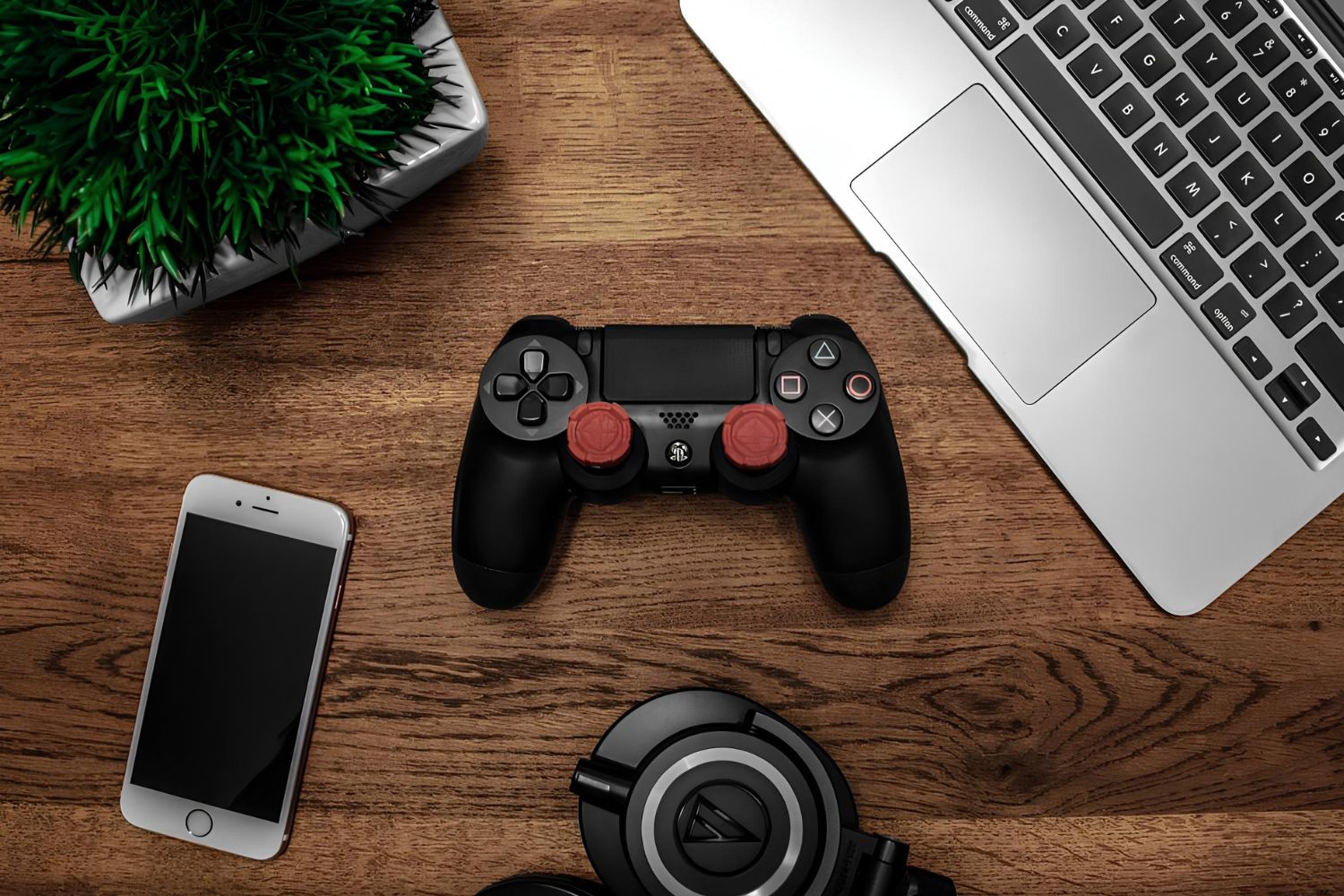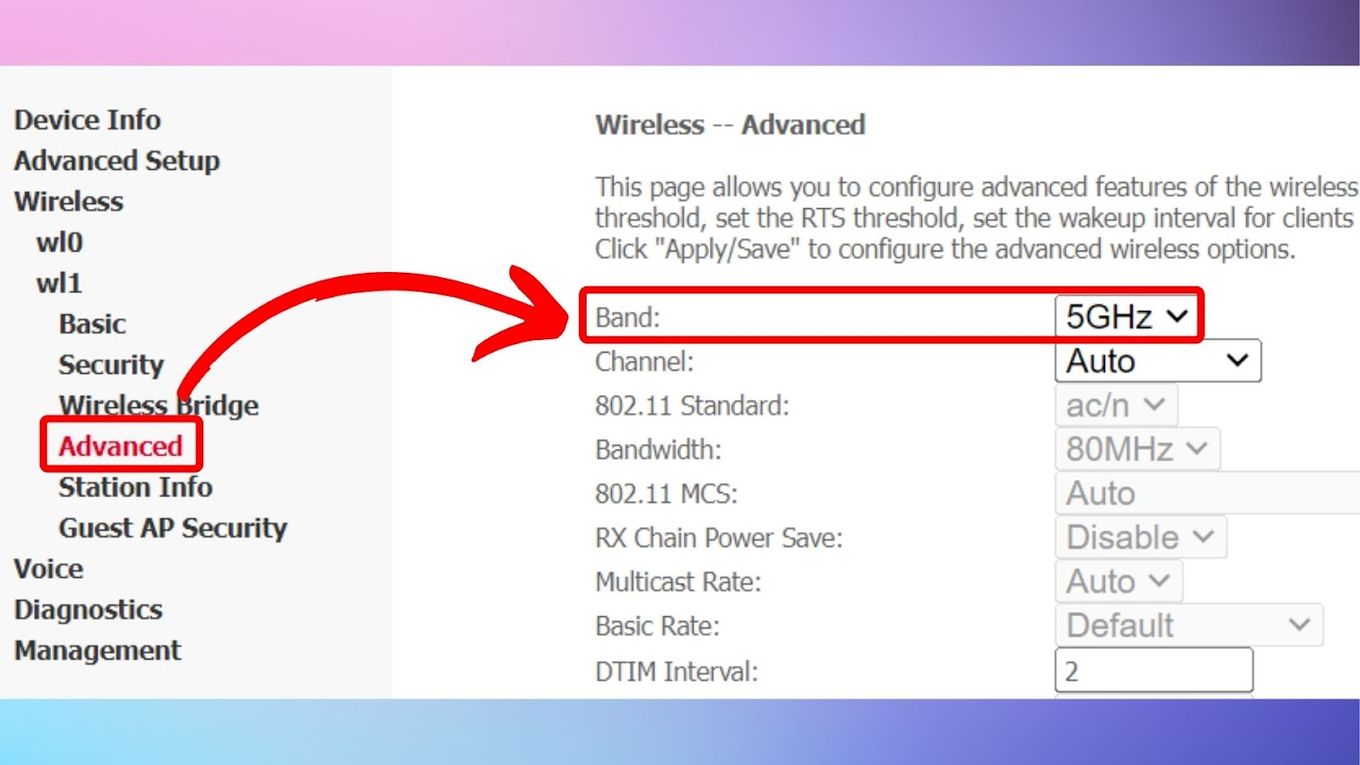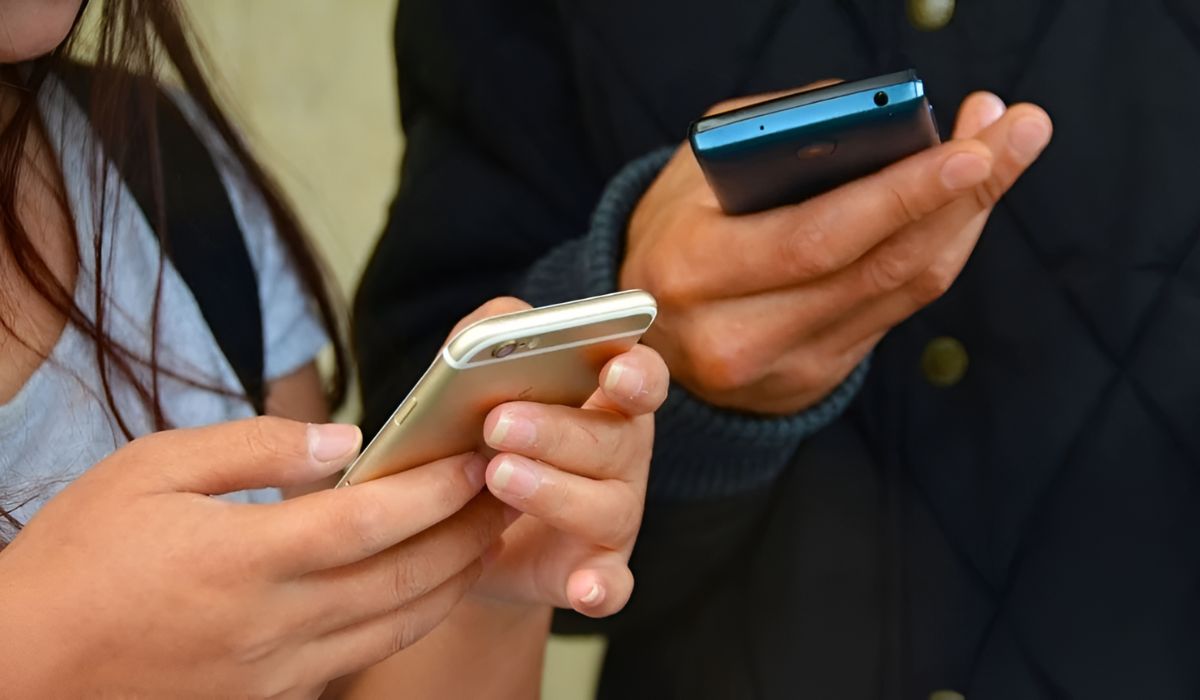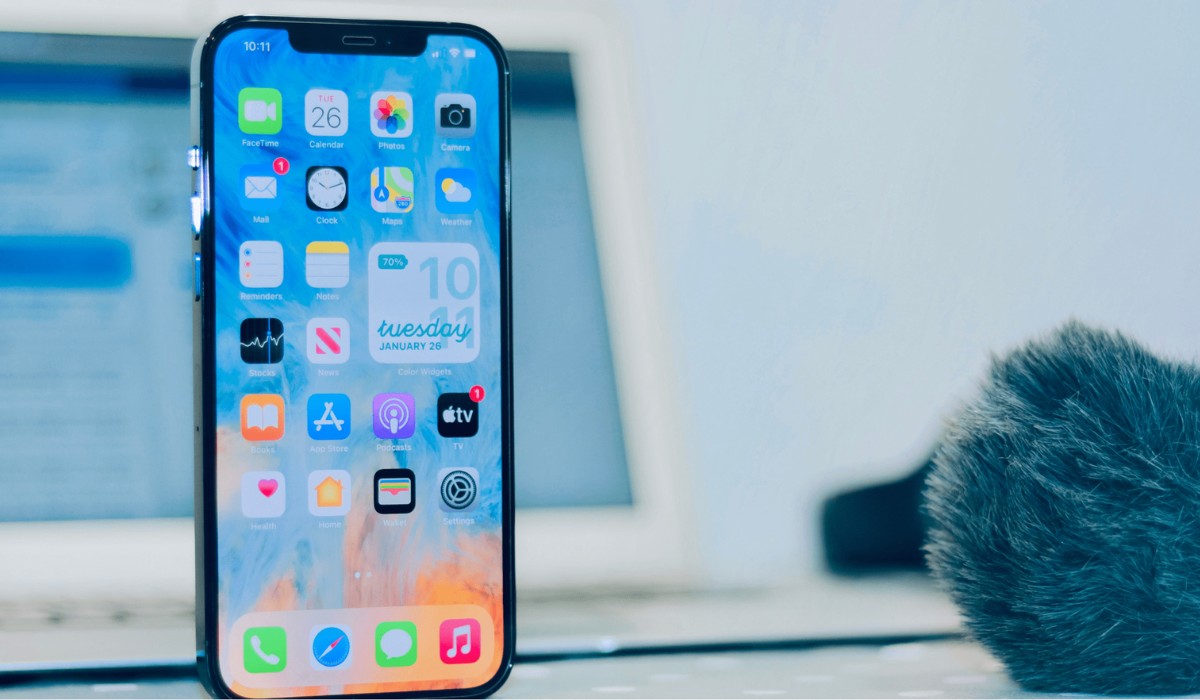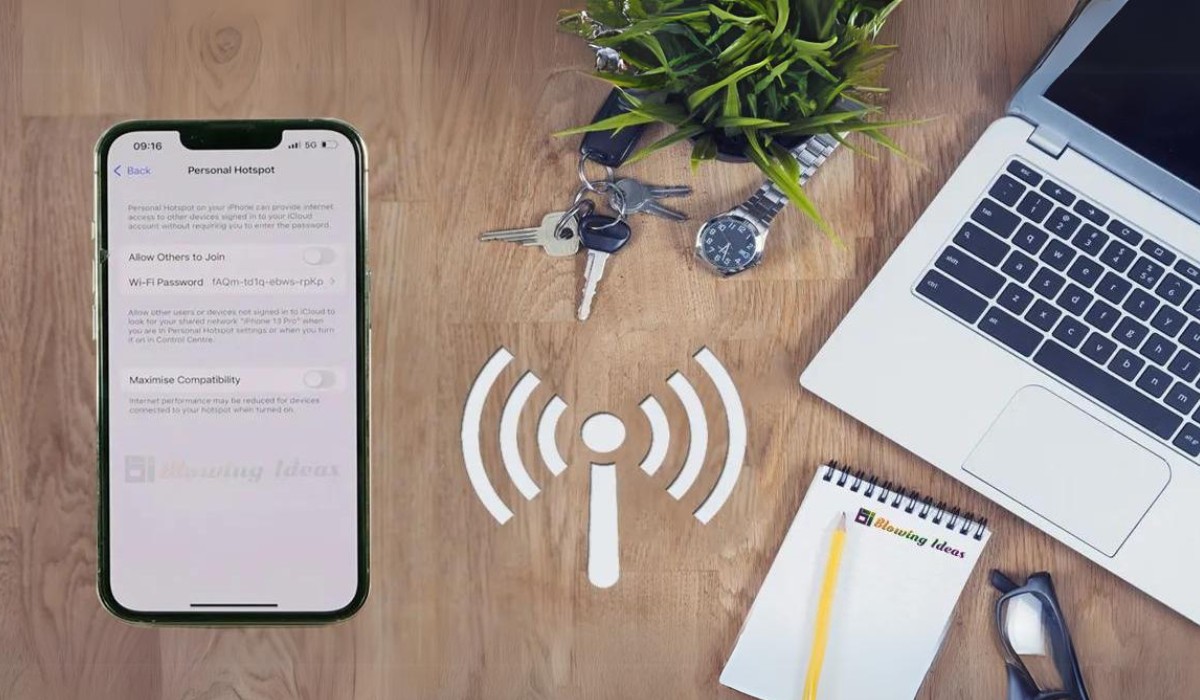Check Your Signal Strength
The first step to enhancing the speed of your iPhone hotspot is to check the signal strength of your cellular network. A strong signal is crucial for optimal hotspot performance, as it directly impacts the data transfer speed and stability of the connection.
To check the signal strength on your iPhone, follow these simple steps:
-
Open the Phone App: Tap on the "Phone" app on your iPhone's home screen.
-
Enter the Code: Dial 3001#12345# and press the call button. This will launch the Field Test mode, displaying a numeric value representing your signal strength in decibels (dB).
-
Interpret the Signal Strength: The signal strength is indicated by the dB value, with lower numbers indicating a stronger signal. For example, a value closer to -50dB signifies a strong signal, while a value closer to -120dB indicates a weak signal.
By assessing the signal strength, you can determine whether your current location has adequate cellular coverage. If the signal strength is weak, consider relocating to an area with better reception to improve your hotspot speed.
Understanding and monitoring your signal strength is a fundamental aspect of optimizing your iPhone hotspot's performance. By ensuring that you have a strong cellular signal, you can lay a solid foundation for achieving faster and more reliable hotspot connectivity.
Remember, a strong signal translates to a smoother and more efficient data transfer experience, whether you're browsing the web, streaming videos, or engaging in other online activities via your iPhone hotspot.
Update Your iPhone Software
Updating your iPhone's software is a crucial step in optimizing the performance of your hotspot. Apple regularly releases software updates that include bug fixes, security enhancements, and optimizations for various system functions, including the personal hotspot feature. By ensuring that your iPhone is running the latest software version, you can potentially address underlying issues that may be affecting the speed and stability of your hotspot connection.
To update your iPhone's software, follow these simple steps:
-
Connect to Wi-Fi: Before initiating the software update, ensure that your iPhone is connected to a stable Wi-Fi network. This is essential as software updates are typically large in size and may consume a significant amount of data if downloaded over a cellular connection.
-
Access the Settings Menu: Navigate to the "Settings" app on your iPhone's home screen.
-
Select General: Scroll down and tap on "General" to access the general settings menu.
-
Tap Software Update: Within the General settings, select "Software Update." Your iPhone will then check for available updates.
-
Download and Install: If an update is available, tap "Download and Install" to initiate the update process. Ensure that your iPhone is sufficiently charged or connected to a power source to prevent interruptions during the update.
-
Follow On-Screen Instructions: Once the update is downloaded, follow the on-screen instructions to install the software. Your iPhone will restart as part of the installation process.
By keeping your iPhone's software up to date, you not only benefit from the latest features and security enhancements but also potentially resolve any underlying software-related issues that could be impacting the performance of your hotspot. Software updates often include optimizations and improvements that can positively impact the functionality of the personal hotspot feature, leading to enhanced speed and reliability.
In essence, updating your iPhone's software is a proactive measure that can contribute to a smoother and more efficient hotspot experience. It aligns with Apple's commitment to continually improve the performance and functionality of its devices, ensuring that users can make the most of their iPhone's capabilities, including the invaluable personal hotspot feature.
Restart Your iPhone
Restarting your iPhone is a simple yet effective troubleshooting step that can significantly impact the performance of your hotspot. Over time, electronic devices such as smartphones can encounter minor glitches or temporary software hiccups that may affect various functions, including the personal hotspot feature. By restarting your iPhone, you can potentially resolve these issues and restore optimal functionality to your hotspot.
To restart your iPhone, follow these straightforward steps:
-
Press and Hold the Power Button: Locate the power button, typically found on the right side of the iPhone. Press and hold this button until the "slide to power off" slider appears on the screen.
-
Slide to Power Off: Once the slider appears, swipe it from left to right to power off your iPhone. Wait for the device to completely shut down.
-
Turn On Your iPhone: After the iPhone has powered off, press and hold the power button again until the Apple logo appears on the screen, indicating that the device is restarting.
By performing a simple restart, you give your iPhone a fresh start, allowing it to clear temporary system files and reset various components. This can help eliminate any underlying issues that may be impacting the performance of your hotspot. Additionally, a restart can refresh system processes and ensure that the personal hotspot feature operates optimally upon reboot.
It's important to note that restarting your iPhone is a non-intrusive and user-friendly troubleshooting step that can be performed anytime you experience connectivity issues or sluggish hotspot performance. Whether you're using your iPhone's hotspot for browsing, streaming, or other online activities, a quick restart can often make a noticeable difference in speed and stability.
In essence, restarting your iPhone is akin to giving it a moment of rejuvenation, allowing it to recalibrate and address any transient issues that may be hindering the performance of the personal hotspot. It's a fundamental practice that aligns with the principle of proactive device maintenance and can contribute to a smoother and more reliable hotspot experience.
By incorporating the habit of periodically restarting your iPhone, you can maintain the overall health and performance of your device, ensuring that the personal hotspot remains a dependable and efficient connectivity option for your various digital endeavors.
Use 5GHz Band
Utilizing the 5GHz band for your iPhone hotspot can significantly enhance the speed and reliability of your wireless connection. Unlike the more commonly used 2.4GHz band, the 5GHz band offers several advantages that can positively impact your hotspot experience.
Benefits of 5GHz Band
The 5GHz band provides a wider range of non-overlapping channels compared to the 2.4GHz band. This abundance of channels reduces the likelihood of interference from other devices, resulting in a cleaner and more stable wireless signal. Additionally, the 5GHz band supports higher data transfer rates, making it ideal for bandwidth-intensive activities such as HD video streaming, online gaming, and large file downloads.
How to Enable 5GHz Band
To leverage the benefits of the 5GHz band for your iPhone hotspot, follow these simple steps:
- Access Hotspot Settings: Open the "Settings" app on your iPhone and select "Personal Hotspot."
- Enable 5GHz Band: Within the Personal Hotspot settings, look for the option to enable the 5GHz band. Depending on your iPhone model and software version, this option may be labeled as "5GHz Wi-Fi" or a similar designation.
- Connect Devices: Once the 5GHz band is enabled, connect your devices to the hotspot as you normally would. Devices that support the 5GHz band will automatically connect to this frequency, benefiting from its advantages.
Considerations
While the 5GHz band offers numerous benefits, it's important to note that its range may be slightly shorter than that of the 2.4GHz band. As a result, when using the 5GHz band, ensure that your connected devices are within a reasonable proximity to the iPhone hotspot to maintain a strong and stable connection.
Compatibility
Not all devices support the 5GHz band, so it's essential to verify the compatibility of your connected devices. Modern smartphones, laptops, and tablets often support the 5GHz band, but older or budget-friendly devices may only be compatible with the 2.4GHz band. By confirming compatibility, you can ensure that all your devices can take advantage of the enhanced speed and reliability offered by the 5GHz band.
Optimizing Your Hotspot
By leveraging the 5GHz band for your iPhone hotspot, you can unlock a new level of performance and stability for your wireless connectivity. Whether you're streaming high-definition content, engaging in online gaming, or conducting business activities, the 5GHz band can elevate your hotspot experience, providing faster data transfer rates and reduced interference.
Incorporating the 5GHz band into your hotspot strategy aligns with the pursuit of optimal wireless performance, empowering you to make the most of your iPhone's connectivity capabilities. It's a simple yet impactful adjustment that can elevate your digital experiences, ensuring that your iPhone hotspot remains a reliable and high-speed wireless option for your diverse connectivity needs.
Limit the Number of Connected Devices
Managing the number of connected devices to your iPhone hotspot is a strategic approach to optimizing its speed and performance. While the personal hotspot feature allows multiple devices to connect and share the iPhone's cellular data connection, the speed and stability of the hotspot can be affected as more devices join the network. By consciously limiting the number of connected devices, you can ensure that each device receives an optimal share of the available bandwidth, resulting in improved overall performance.
When considering the ideal number of connected devices, it's essential to prioritize the quality of the connection over quantity. While the specific limit may vary depending on factors such as network congestion and the bandwidth requirements of individual devices, a general guideline is to limit the number of connected devices to a manageable and reasonable level. This allows for a more consistent and reliable hotspot experience for all connected users.
By limiting the number of connected devices, you can effectively manage the allocation of bandwidth, reducing the likelihood of network congestion and ensuring that each device receives adequate data throughput. This can be particularly beneficial when engaging in bandwidth-intensive activities such as video streaming, online gaming, or large file downloads, where a higher quality connection is essential for a seamless experience.
Furthermore, limiting the number of connected devices can help mitigate potential security risks associated with an overcrowded network. By reducing the overall device count, you can minimize the exposure to unauthorized access attempts and enhance the overall security posture of your iPhone hotspot.
To implement this strategy, consider prioritizing essential devices and users that require consistent and high-speed connectivity. By doing so, you can ensure that critical tasks and activities are supported by the optimal performance of your iPhone hotspot. Additionally, communicate the importance of responsible connectivity to other potential users, encouraging a collaborative approach to maintaining an efficient and reliable network environment.
In essence, by consciously limiting the number of connected devices to your iPhone hotspot, you can proactively manage network resources, enhance the overall speed and stability of the connection, and prioritize the quality of the wireless experience for all users. This strategic approach aligns with the goal of optimizing the performance of your iPhone hotspot, ensuring that it remains a dependable and high-speed connectivity option for your diverse digital needs.
Use a Wi-Fi Extender or Repeater
Integrating a Wi-Fi extender or repeater into your iPhone hotspot setup can significantly amplify the coverage and performance of your wireless network. These devices serve as invaluable tools for extending the reach of your hotspot's signal, effectively eliminating dead zones and enhancing connectivity in areas where the signal strength may be limited.
Understanding Wi-Fi Extenders and Repeaters
Wi-Fi extenders and repeaters function by capturing an existing Wi-Fi signal from your iPhone hotspot and rebroadcasting it, effectively extending the coverage area. This process enables devices located farther from the iPhone to maintain a strong and reliable connection, resulting in improved hotspot performance and seamless connectivity across a wider area.
Selecting the Right Device
When choosing a Wi-Fi extender or repeater for your iPhone hotspot, consider factors such as range, compatibility, and ease of installation. Opt for a device that aligns with the specific requirements of your wireless network, ensuring that it effectively extends the reach of your hotspot's signal without compromising on speed or reliability.
Installation and Configuration
The installation process for Wi-Fi extenders and repeaters is typically straightforward, involving simple steps such as connecting the device to a power source, accessing its configuration interface, and syncing it with your iPhone hotspot. Many modern Wi-Fi extenders and repeaters feature user-friendly setup wizards and intuitive interfaces, making the installation process accessible to users with varying levels of technical expertise.
Optimizing Signal Coverage
Strategically positioning the Wi-Fi extender or repeater plays a crucial role in optimizing signal coverage and maximizing its effectiveness. Identify areas within your home, office, or outdoor space where the iPhone hotspot's signal may be weaker, and position the extender or repeater in a central location to ensure comprehensive coverage and consistent connectivity throughout the extended range.
Seamless Connectivity
By integrating a Wi-Fi extender or repeater into your iPhone hotspot setup, you can ensure that all connected devices experience enhanced signal strength and reliable connectivity, regardless of their proximity to the iPhone. This seamless connectivity empowers users to move freely within the extended coverage area, maintaining a consistent and high-speed connection for various online activities.
Elevating Your Hotspot Experience
Incorporating a Wi-Fi extender or repeater into your iPhone hotspot strategy represents a proactive approach to optimizing the performance and coverage of your wireless network. Whether you're working, streaming media, or engaging in online communication, the extended coverage provided by these devices ensures that your iPhone hotspot remains a dependable and high-speed connectivity option, enriching your digital experiences and supporting seamless connectivity across diverse environments.
Clear Your iPhone's Cache
Clearing your iPhone's cache can have a significant impact on the overall performance of your device, including the speed and stability of your hotspot connection. The cache, which consists of temporary files and data stored by apps and the operating system, can accumulate over time and potentially impact the efficiency of various system functions, including the personal hotspot feature.
When the cache becomes bloated or corrupted, it can lead to sluggish performance, intermittent connectivity issues, and reduced data transfer speeds. By clearing the cache, you effectively refresh the system, remove unnecessary data, and create a cleaner environment for optimal performance.
To clear your iPhone's cache, you can take the following steps:
-
Clear App Cache: Some apps, particularly those that rely heavily on data storage, may contribute to cache buildup. To address this, you can individually clear the cache for specific apps by accessing the app settings within the "Storage" or "Usage" section of your iPhone's settings. Look for options to clear app data or cache, and selectively remove accumulated temporary files.
-
Safari Cache: The Safari web browser also maintains a cache of browsing data, including history, cookies, and temporary files. Clearing this cache can free up storage space and potentially improve the overall performance of web-based activities conducted through your iPhone hotspot. To clear the Safari cache, navigate to the Safari settings within the "Settings" app and select the option to clear browsing data.
-
System Cache: While iOS is designed to manage system cache efficiently, occasional clearing of system cache can help optimize performance. Restarting your iPhone, particularly after installing software updates or making significant changes to settings, can effectively clear system cache and provide a fresh start for the operating system and system processes.
By regularly clearing your iPhone's cache, you can proactively maintain the efficiency and responsiveness of your device, which directly impacts the performance of the personal hotspot feature. This practice aligns with the principle of proactive device maintenance, ensuring that your iPhone remains a reliable and high-speed connectivity option for your diverse digital needs.
In essence, clearing your iPhone's cache serves as a fundamental maintenance task that can contribute to a smoother and more efficient hotspot experience. By addressing cache-related issues and creating a cleaner system environment, you can optimize the performance of your iPhone hotspot, empowering you to engage in seamless and high-speed connectivity across various online activities.
Reset Network Settings
Resetting your iPhone's network settings is a powerful troubleshooting step that can effectively address a wide range of connectivity issues, including those impacting the performance of your hotspot. This process essentially clears all network-related configurations and preferences on your iPhone, returning them to their default state. By doing so, you can resolve network-related glitches, conflicts, and inconsistencies that may be hindering the speed and stability of your hotspot connection.
To initiate a network settings reset on your iPhone, follow these simple steps:
-
Open the Settings App: Navigate to the "Settings" app on your iPhone's home screen.
-
Access General Settings: Scroll down and tap on "General" to access the general settings menu.
-
Select Reset: Within the General settings, locate and select "Reset." This option is typically found at the bottom of the list.
-
Choose Reset Network Settings: Among the reset options, tap on "Reset Network Settings." You may be prompted to enter your device passcode to confirm the action.
-
Confirm the Reset: A confirmation dialog will appear, informing you that this action will reset network settings, including Wi-Fi, Bluetooth, and VPN configurations. Tap "Reset Network Settings" to proceed.
Once the network settings reset is complete, your iPhone will restart, and all network-related settings will be restored to their default values. This includes Wi-Fi networks, Bluetooth pairings, VPN configurations, and cellular settings. It's important to note that personal data and media on your device will not be affected by this process.
By resetting your iPhone's network settings, you effectively eliminate potential network-related impediments that may be affecting the performance of your hotspot. This proactive troubleshooting step can resolve issues such as persistent connectivity issues, slow data transfer speeds, and erratic hotspot behavior. Additionally, it provides a fresh start for your device's network configurations, allowing for a more stable and reliable hotspot experience.
In essence, resetting network settings on your iPhone is a strategic approach to troubleshooting and optimizing the performance of your hotspot. By addressing underlying network-related issues and restoring default configurations, you can ensure that your iPhone hotspot remains a dependable and high-speed connectivity option for your diverse digital needs.







